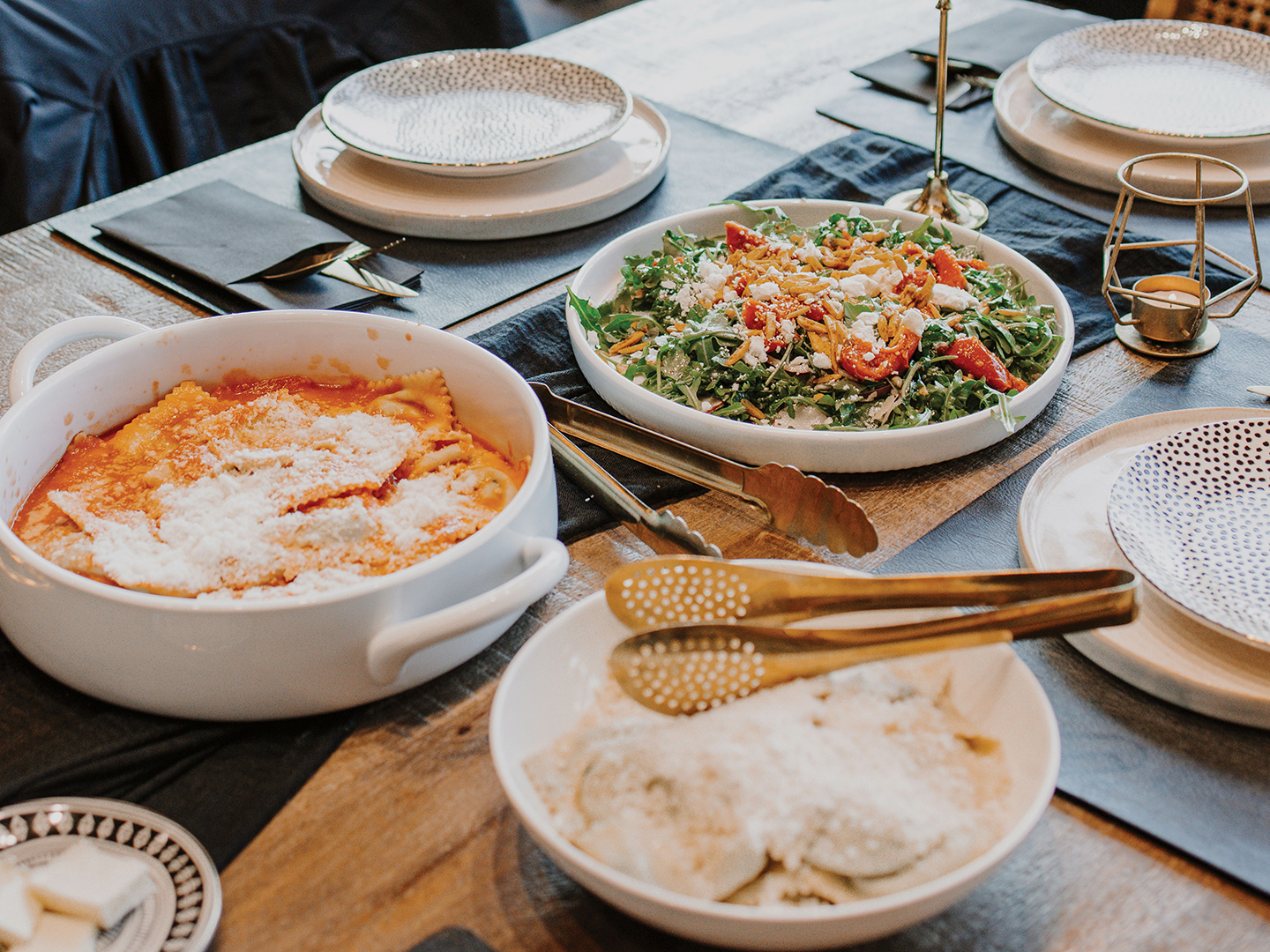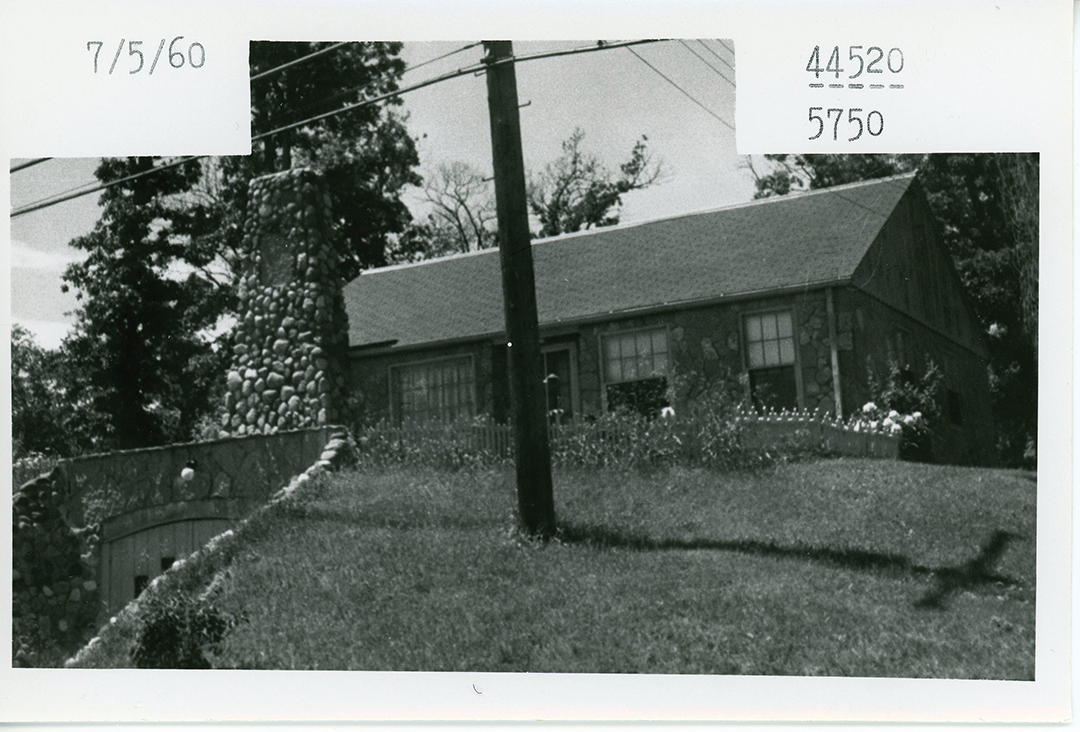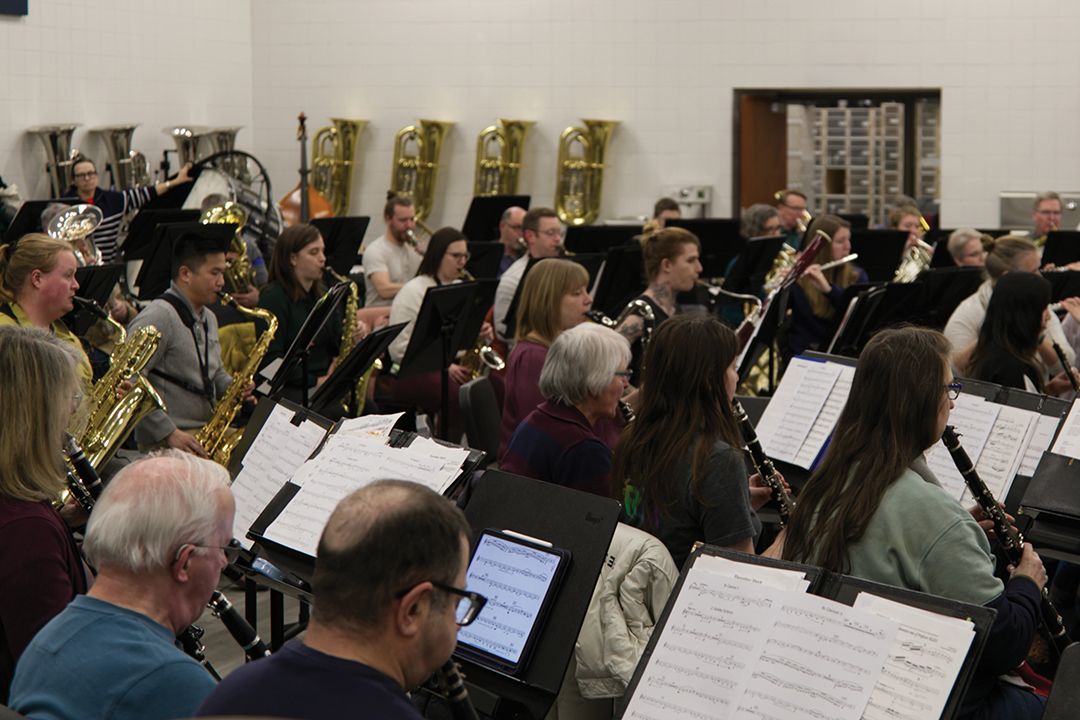
Photo: Rachel Nadeau
Stepping into the Berglund family’s Plymouth home is a bit like stepping into an art gallery. Natalia Berglund is a multidisciplinary visual artist and her work is the first thing that strikes you when you enter.
Born in Belarus, Berglund attended the prestigious Minsk Art Lyceum where she studied traditional drawing and painting techniques. Berglund moved to Minnesota in 1995. She and her husband chose Plymouth, she says, because Plymouth has a large Russian community. Keeping Russian language and culture is important to her family, Berglund says. The Berglund kids attended a Russian-speaking daycare and are bilingual.
This fall, Berglund’s work was featured at a solo show at The Museum of Russian Art (TMORA) in Minneapolis titled “Faces of Change: Artistic Expression by Natalia Berglund.” Berglund took her inspiration from a show she saw last year at the museum titled “Russian Sacred Art: Connecting Heaven and Earth.” Berglund says “I was inspired by [the icons’] beauty and their ornateness. I thought, ‘How can I build on the symbolism?’” Berglund combines classic iconography with photorealistic portraits of contemporary women “to connect past and present,” she says.
Icons have an important role in art history, as well as in the history of the Orthodox Church. While the term “icon” is often used to describe important celebrities in pop culture, such as Marilyn Monroe or Michael Jackson, or enduringly popular characters like Mickey Mouse, in this context, “icon” refers to an “image of a holy person or event, created by an iconographer who follows the strict standards of the Orthodox Church,” according to the Museum of Russian Icons. Many are created with paint on wooden board, but they can be made with other materials as well. Icons are viewed by believers as windows to the heavens.
“Everything in an icon symbolizes something,” says Berglund. For example,” the color blue symbolizes the heavens, red is the mortal life, and gold is for the spiritual world.
Berglund embeds text in many of her paintings, which she deliberately keeps somewhat obscured, so that each viewer can bring their own interpretation to it. For example, one of the paintings contains the letters L-U-B-O-V, meaning “love” in Russian. The letters within that word contain the letters B-O-L, or “bol,” meaning “pain” in Russian. “Love encompasses pain,” says Berglund. “Like the word ‘art’ is in the word ‘earth’—it’s part of it.
In working with her models, Berglund says, “I transpose images and environments to create a new story. That person that’s modeling is helping me communicate.” She uses gold leaf in her work to help create the sense of the sacred imagery of religious icons.
Dr. Vladimir Von Tsurikov, former director of the museum says the museum was pleased to have hosted a solo pop-up exhibition for Natalia Berglund. “Natalia’s art combines different traditions and provides a fusion that invites the viewer to explore her paintings from various angles, from contemporary to medieval imagery.”
“Warriors” is another of Berglund’s series, consisting of mixed media compositions on paper. Says Berglund, “With this series, I attempt to depict the messy and complicated nature of both the physical person as well as their everyday thoughts and struggles as they deal with the chaos of the outside world. My goal is to persuade the viewer to look beyond the literal face of a person and to truly appreciate the unique beauty each individual brings with them as they fight their daily battles and navigate the unpredictable landscape of life’s challenges.”
Some artists that Berglund is inspired by are Gustav Klimt and Salvador Dali. Contemporary artists that she admires include Lita Cabellut and Bobbie Burgers.
Berglund’s work has been shown at the Rosalux Gallery in Minneapolis, 2017, BG Gallery in Santa Monica and the Minnetonka Center for the Arts, among other venues.
Berglund is also the founder and creative director of Zubasti, a web design end development company, which she opened in 2006 after working in ad agencies for seven years. The name means “toothy” in Russian, referring to “creating interactive experiences with a bite.” Says Berglund, “Zubasti provides information architecture, design, animation and development services. Most of my clients are local advertising agencies and small businesses.”
Berglund isn’t the only creative person in her family—her husband, Alexander Berglund, is a composer. He composed a soundscape for Berglund’s show at TMORA. His work includes compositions for films, trailers and commercials. The Berglund’s two daughters, Nina (14) and Sofia (12) are practicing artists as well. Nina is a singer-songwriter and her debut album, “Ocean of Feeling,” was released in December 2018. Sofia is a designer whose product, Stud Ties, which she initially created for a school project, are carried in upscale boutiques.
Stay tuned to learn more about this prolifically creative family in a future issue!






















